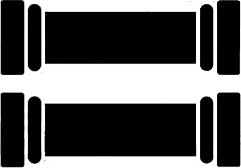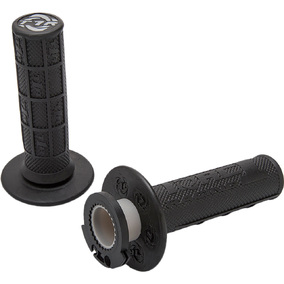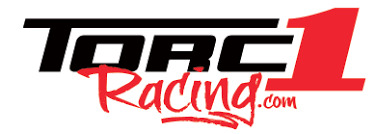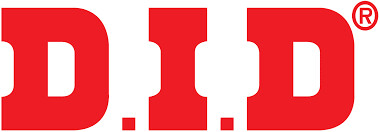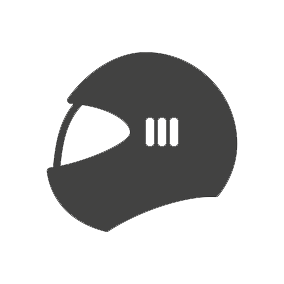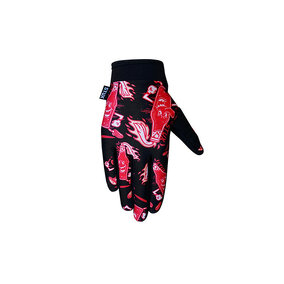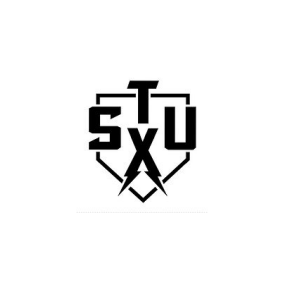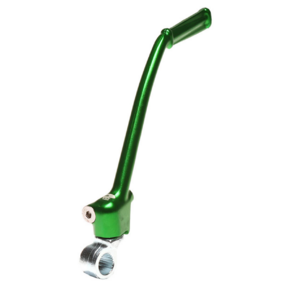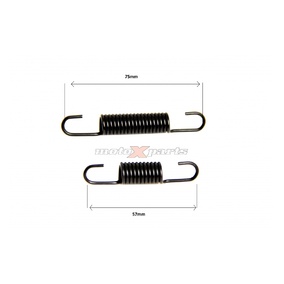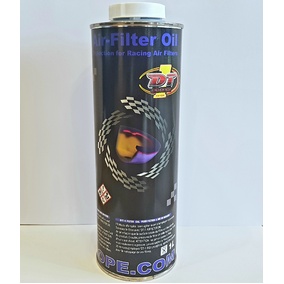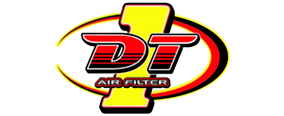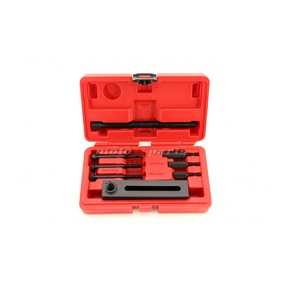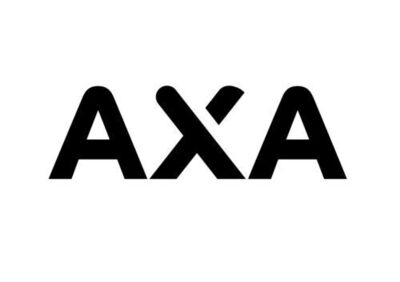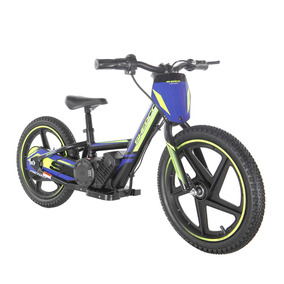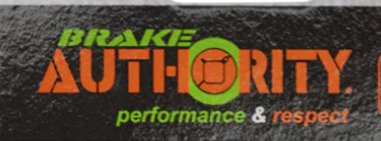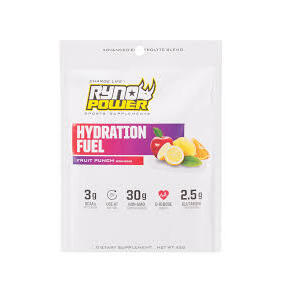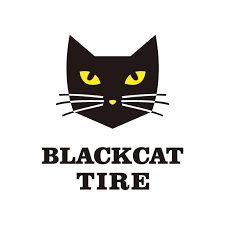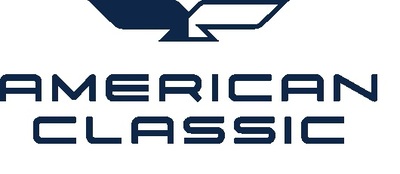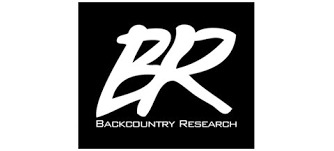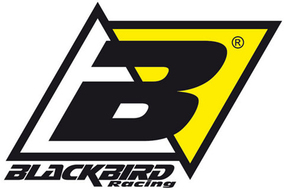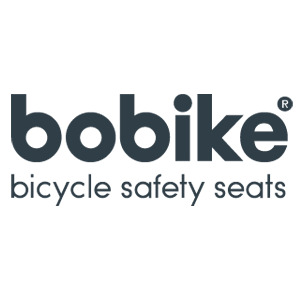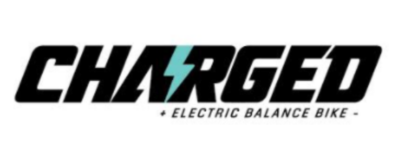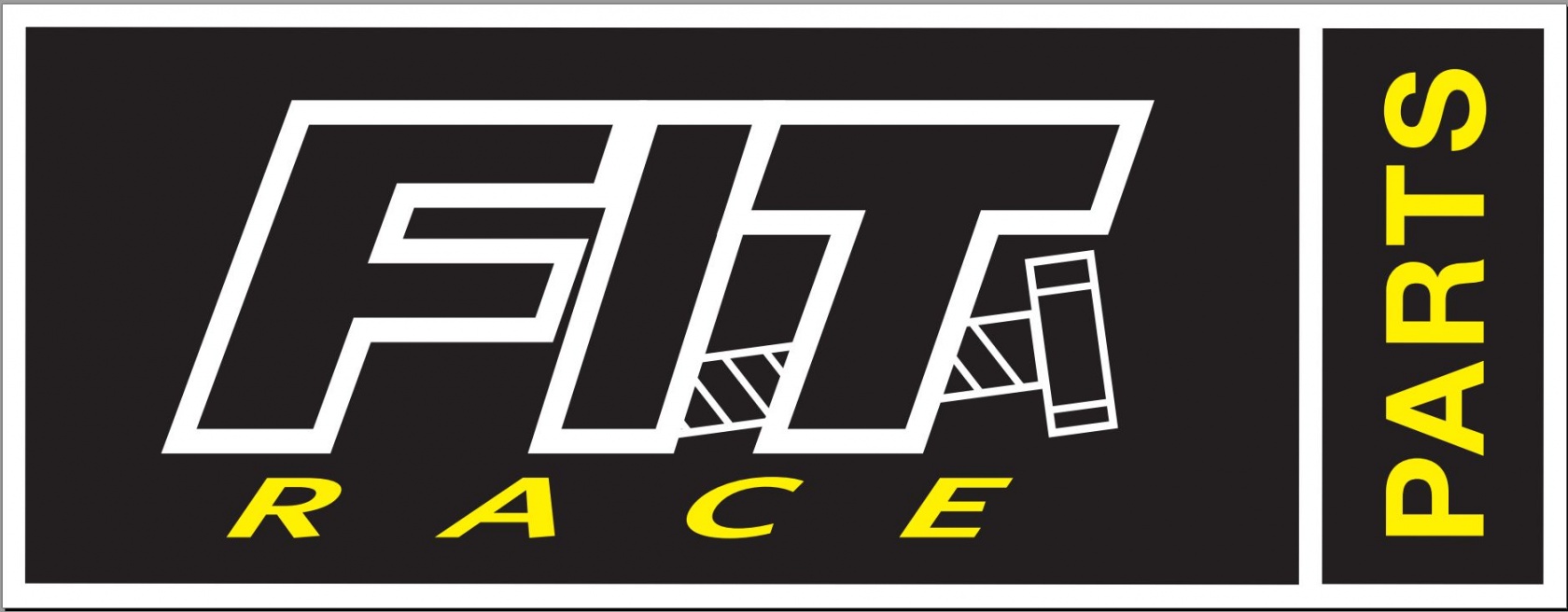Help Centre

Motoxparts website features it's very own Dirt Bike Parts Finder. You can browse for every bike part which Motoxparts has available to suit your bike simply by adding the make/model/year of your bike.
Once your bike is selected you can browse through our brands and categories for everything you can think of for your bike.
Once your bike is selected all categories with parts to suit your bike will be indicated with an image of a green badge with a tick. That way you will know that the product selection showing has been checked by our team to ensure you are only seeing parts to suit your ride.
If you land on a product and want to double check the fitment, we also list all of the compatible bikes in the tab along from the description.
If you move away from the selected bike, you will notice products with a yellow badge and "Generic Products" displayed. these products suit many makes/models/years so you can decide either from your own knowledge, or, your user manual if these are the products you are needing. You can go back to your selected model anytime by clicking on your selected bike showing under the parts finder.
1. Bearing Removal
Please take time and be very careful not to damage the parts and their mating surface in the wheel hub.
Use a long punch (should have a good flat/square edge)
Remove any Circlips or retainers. Insert the punch into the wheel and catch the edge of the bearing on the other side. Using a hammer, hit the punch and work around the entire circumference of the bearing slowly, keep bearing even when removing.
The bearing and seal will eventually be pushed out of the wheel hub. The second bearing can be moved using a punch, a long socket or other suitable driver.
Very Important Note: The bearings will be damaged during the removal process and should not be reused. The hammer blows transmit their impact through the balls causing small flat spots, which will cause the bearing to quickly fail if reused.
2. Inspection
Inner Spacer: Check the bore to make certain it is clean, and the axle easily passes through it. Check each end for wear and burrs. The edges must be square to seat properly against the new bearings. If the old bearings failed, it is a good idea to confirm that the centre spacer has not been damaged. Make sure the inner space is the same length or slightly longer than the bearing stops in the hub or carrier.
Wheel Hub: Clean the hub, removing any dirt and corrosion, if the surface is not smooth when installing parts this can damage parts and their mating suface. Make certain not to remove metal. This will adversely affect bearing fit.
Outer Wheel Spacers: Clean the outer wheel spacers and inspect them for wear on either end as well as wear on the outer surface where it makes contact with the seal. If the spacers are excessively worn they should be replaced.
3. Bearing Installation
Note 1: Improper installation can cause bearing damage and dramatically reducing bearing life.
Note 2: Heating the wheel hub will cause the hub to expand slightly and will make bearing installation easier. A paint stripping heat gun or a touch with flame can be used.
Note 3: Do not overheat any part if using heat to install bearings
Note 4: Never hit bearing or any parts directly with a hammer this will damage and will reduce life of the part/parts
Follow the simple rules below to successful bearing installation:
1. Apply pressure ONLY to the outer race of the bearing.
2. Apply pressure evenly so the bearing remains square to the wheel hub.
3. Seat the first bearing fully.
4. Remember to place the inner spacer between the bearings.
5. Tap the second bearing in until the inner race just touches the centre spacer. See fig 1 Fully seating the second bearing may cause both bearings to become side loaded causing premature failure.
See fig 2
6. If the centre spacer is loose after the second bearing is installed this may be a sign that the centre spacer is too short and needs to be replaced or the second bearing needs to be taped in further.
A lose or worn centre spacer can cause the bearing to be side loaded in the opposite direction after the axle is torqued down. See fig 3
WHAT’S THE DIFFERENCE BETWEEN AN “A” AND “B” PISTON (this is for a 2 stroke)
To sum all below up A or B size will work 100% fine in all cylinders - Only if the cylinder is brand new (no hours) this is the only time it matters to use a A or B - Other than that A or B will work great in all cylinders.
In layman terms - If you pulled a hair out of you head and split it into 3 that is around what .01mm is, this is the difference between a A and B size piston (from the same manufacture). Let’s say if you could actual get a 01.mm feeler blade it would break the first time you pull it out with your fingers to use! If you have a feel blade set and it has a .03mm or 001” blade dived that into 3 and you will have .01mm. Now you will start to see how fine the measurement .01mm of really is.
People seem to think the measurement between A and B grade piston is huge..
What size piston grade (A,B,C) would be advise able to fit to a used 2-stroke cylinder that is in good condition. It’s not hard to work out.
98% of the time a piston the same size, .01mm smaller or .01mm larger than the one that has been removed from the engine will work fine, as long as the cylinder bore is in good condition. (Read above what .01mm measurement is)
Cylinder bores wear mostly right at the top at (ring wear). So over 80-90% the bore is normally unworn, this is where installing a too large of a piston to may course a problem (going from a A to a C) as it may decrease the piston to bore clearance in 80-90% of the bore below the minimum clearance required. What normally happens if a too large a piston is fitted the piston will lock/seize in the cylinder bore due to insufficient piston to bore clearance. It is better to have a bit more piston to bore clearance (-.01mm) than to have to less, as having to less the piston will seize in the cylinder and that is not good as it will destroy the cylinder. That should be a no brainer when you think about!
So the answer to what size should I purchase to install in my used cylinder? Is very simple - Any one from 1-2-3 below will be work fine (as long as the cylinder bore in good condition that is)
1 - The same size the piston that was removed will be fine
2- Piston that is .01mm larger = let's say the old piston was 66.35mm, than a 66.36mm piston will be fine in most cases. (say 66.35mm is a A size piston, you can use a B size 66.36mm)
3- Piston that is .01mm smaller = let's say the old piston was 66.35mm, than a 66.34mm will be fine. (say 66.35mm is a B size piston, you can use a A size 66.34mm)
Note: piston grades go up in .01mm, most pistons A is the smallest grade, then B is only .01mm larger, and then C is .01mm larger than B.
If in doubt about the piston to bore clearance or what piston to use, take the cylinder good engine reconditioner as they are the only place with the correct tools to check the bore correctly. A bike shop would not have glue how to check piston to bore clearance correctly let alone have the correct tools.
We could go on and on about piston to bore clearance, but above is all you basically need to know about selecting a piston.
Two strokes have old long style piston skirts so .01 of a mm makes no different to performance, piston to bore noise or how long the piston will last.
If the bore is worn
If you are thinking about installing the largest piston grade because the cylinder bore is worn around the port or art the top of the bore, forget it. Going to the largest size piston will not help these problems at all. Reasons why below
1- If the bore is worn right at the top (end of the ring travel) a larger piston will not help this as the piston skirt (sides) do not even go near this worn area, it is the piston ring that touches this area not the piston. So, no size piston will help at all, the bore will need to be sleeved or plated back to new
2- Wear or chipping around the ports - going to the larger size piston will not help this at all, as the wear is in a place only the rings will touch not the piston, so piston size will not help here. The bore will need to be sleeved or plated back to new
Will using a A instead or B grade piston give make my engine blow up? The answer is NO
Will a different grade (A or B) piston give my engine more power? The answer is NO
Will a different grade (A or B) piston give my engine less power? The answer is NO
1 - Assemble the engine properly and torque all fasteners to specs.
2) Start the engine with the bike on a stand and allow the engine to come up to operating temperature (top of the radiator hot to the touch). Do not allow the engine to run at one RPM all the time. Constantly vary the RPM and do not allow the engine to idle. When then engine reaches operating temperature (about 3 to 5 minutes of running time), shut it off.
3) Let the engine cool completely (at LEAST one hour). You want the engine to be stone-dead cold. Longer is better.
4) Repeat: Start the engine with the bike on a stand and allow the engine to come up to operating temperature (top of the radiator hot to the touch). Do not allow the engine to run at one RPM at all. Constantly vary the RPM and do not allow the engine to idle. When then engine reaches operating temperature (about 3 to 5 minutes of running time), shut it off.
5) Let the engine cool completely (at LEAST one hour). You want the engine to be dead-stone cold. Longer is better.
6) Repeat: Start the engine with the bike on a stand and allow the engine to come up to operating temperature (top of the radiator hot to the touch). Do not allow the engine to run at one RPM at all. Constantly vary the RPM and do not allow the engine to idle. When then engine reaches operating temperature (about 3 to 5 minutes of running time), take the bike off the stand and put it in gear. Take it for a ride. During this ride you want to keep the engine under a load at all times. Do not coast. Do not let the bike idle. Do not allow the engine to stay at one RPM. Riding on a mild slope is fine for this, as is slightly dragging the rear brake the entire time. Do this for about 15-20 minutes. Then shut the bike off.
7) Let the engine cool completely (at LEAST one hour). You want the engine to be stone-dead cold. Longer is better.
8 ) Re-torque the head and base nuts if required.
9) Go ride.
The cool-down steps are crucial to this operation. You must let the engine cool completely for the break in process to work properly.
Also, do warm the engine before EVERY ride. Your engine will last much longer if you do.
Ball/bead hones should never be used in bores with ports, as the balls on the hone can clip the plating. What happens is the balls a forced in/out of the 2-strokes ports at speed this can clip the edges of the plating causing big problems down the track. Ball/bead hones are very cheap workers tool and not really that great on any bore. A ball/bead hone is normally used because they cannot use or afford a diamond hone machine which can cost $80,000, and the person doing the job with a ball hone does not understand why a bore is honed.
1) Has this technology been proven yet?
This technology has been in use for many years and has proven itself in NASCAR, Formula One and the Aerospace industry. These filters have been in use in the off-road motorcycle world since 1995. Manufacturers like Yamaha have supplied their own version of it. The KTM factory guys have even been buying them for their own bikes (even though they can't legally endorse the product). Stainless steel filters are being used in road going vehicles and heavy diesel engines GM, Ford, Cummins, Mack, Freight-liner, Caterpillar, Peter Built, Detroit, Volvo, Mercedes and other diesel engines and industrial applications to extend engine life and cut maintenance cost. In other words, this is not a new idea, just proven technology. And of course, we run these filters on our personal bikes, street and dirt.
2) What kind of materials are used in these filters?
The filter housing and filter element end caps are carved out of a solid chunk of 6061T6 billet aluminium, which not only looks trick but aids in dissipating heat. The filter element is made from medical grade, type 304 stainless steel micronic filtering medical cloth to provide unmatched protection against oil contamination and resultant engine damage. The adhesive used in the filter assembly process is good to 600 degrees Fahrenheit, far above the normal operating temperature of 180 to 230 degrees. The quad-ring gasket doubles the seal between the filter housing and the engine.
3)Why is stainless steel not fitted to new OE bikes any-more?
The same reason why most new bikes do not have aftermarket exhaust, forged pistons etc...even good grips. It mainly comes down to cost, paper filers cost around 8-12 cents to manufacture.
All new bikes are built to a cost budget, that is why there are aftermarket parts that are higher quality. The first Yamaha 4-strokes had reusable filters, this model 4-stroke had more engine development put into it than any other 4-stroke to date, being the first 4-stroke supercross racing bike. Bike manufacturers realised they would not sell many oil filters if they were fitted with stainless steel, with the amount of paper filters used you know how many paper oil filters worldwide are sold. The term for making items not last is planned obsolescence. (We know customers with early Yamaha 4-strokes, that are still using the original genuine Yamaha reusable oil filter)
4) How does this type of filtration compare to paper filters?
We sent several common brands of paper filter material off to have them tested for the size of particles they would catch. We sent the material off with no names, just numbers for identification so the lab wouldn't have any idea what brand filter they were testing. The results we got back showed that the smallest particle the various material samples caught ranged between 9 and 20 microns. The LARGEST particle that was allowed to pass through ranged from 56 for the best filter to over 300 microns for the worst filter. Paper filters are rated on averages, percentages and multiple passes, so a 10 micron rated paper filter may be letting particles 50 microns and larger through. The medical grade stainless steel cloth that we use is consistent across the entire surface and is rated at 35 microns, meaning nothing larger than 35 microns should pass through the material. This type of filter material is also used in medical applications like blood filtration. Bottom line is paper is rated differently than the stainless cloth and either one works to filter your oil. Personally, I like the idea of keeping the big stuff out of the engine. (Stainless steel oil filter testing showed a 90% Improvement in Particle Removal over alot of paper "throw away" filters).
5) What Are Microns?
A micron is one thousandth of a millimetre. That's approx. .00003937 inches.
35 microns is about .00138", (just over one-thousandth of an inch). The lower limit of visibility to the human eye is about 40 microns. Pollens range from about 30 to 50 microns A white blood cell is about 25 microns
6) How much oil will this filter flow?
A very important dimension of oil filters to keep in mind is the flow rate. A one-inch square of our filter material flows 1.9 gallons of oil per minute at only 1-PSI pump pressure (70 degrees F). This means the screen we use in our S1 filter can flow 57 gals/minute!
7) How does the flow rate compare to paper filters?
We have run static pressure tests between our filters and paper filters for an identical application. The stainless steel micronic filter consistently flowed over 7 times more oil for the same time period than did the paper filter (tests were run at 68-degree ambient temperature). Think about your bike during cold start-up... nice thick cold oil, trying to get through that oil filter. We have read tests that reported multiple instances of oil going through the bypass valve during cold start-up because of the resistance of the paper oil filter to passing the cold oil. Now think about all the crud that has had a chance to settle to the bottom of the oil pan right where the oil pickup is.... just waiting to go through the bypass valve directly to the engine components!
Another thing that could affect the paper filter is moisture. Not everyone is aware that engines get condensation in them. When paper gets wet it swells and may pass even less oil.
8)I have a high-pressure oil pump. How much pressure will the aluminium filter take?
An S1 filter was pressure tested to 1500 psi with only slight deforming of the spiral lock and housing.
9) Is this filter environmentally friendly?
GREEN AND PERFORMANCE!!! WASHABLE AND REUSABLE. NO TOXIC DISPOSAL.
With the cleanable, reusable design you no longer will be sending oily paper filters to the landfills (some states don't even allow oil filters to go to the landfills... they must be going through special, expensive disposal processes). What does come out of the reusable filter can be sent to the recycling centre with the rest of your old oil.
10)How long will a stainless steel oil filter last?
Stainless steel oil filters will last the life of the engine, meaning you will never need to buy another oil filter.
11) How much oil does this filter hold?
Slightly more or less than the stock filter depending on the specific application. It doesn't really make any difference. Continue to use your manufacturers prescribed method of checking to make sure there is the proper amount of oil in the engine (usually via a dipstick).
12) How often should I clean the filter?
We recommend the filter be cleaned frequently or when a oil change or engine work is performed, also when first purchased before using. Frequent cleaning will give you a feel for how much debris is being filtered out of your machines oil and help you decide how often you want to clean the filter for your application. At minimum, clean the filter with every oil change due the additional debris this superior filter will be keeping out of your motor. Remember, oil is the lifeblood of your motor, keep it clean!
13) How do it clean it?
Simply remove the filter, rinse in clean solvent and replace it, you're done. The filter can be cleaned with solvent, kerosene, aerosol carburettor cleaner, or any other degreasing agent, even common dish soap. You can even blow air through the filter from the inside out to remove any small particles or cleaning agent from the screen if you so desire.
14) Will this filter affect my warranty?
Number Under the Magnuson-Moss Warranty Act, 15 U.S.C. SS 2301-2312 (1982), and the general principles of the Federal Trade Commission Act, a manufacturer may not require the use of any brand of filter unless the manufacturer provides that item free of charge under terms of the warranty. So, if you are told by a dealer that anything other than a specific brand of filter will void your warranty, ask for the statement in writing (you won't get one), and request that filter be supplied free of charge. If you are charged for the filter, the dealer will be violating the Magnuson-Moss Warranty Act and other applicable law. This is a federal law and the Federal Trade Commission has authority to enforce it, including obtaining injunctions and orders containing affirmative relief. For more info do an Internet search on "Magnuson-Moss Warranty Act".
Some shock bearings are made from the manufacture with split in the outer case. The bearing is made this way for very good reason. So do not think it is a defect, it is to make a better bearing.
First, it's important to ensure that the clutch is engaging and disengaging properly, and there aren't external problems causing excessive, or inadequate free play at the lever, clutch fade, clutch slippage or other problems that brought you here.
Dirt bikes use 3 common & popular methods of controlling clutch engagement and disengagement and these which we're going to go over separately are:
· Cable Actuation
· Hydraulic Actuation
· "Auto-Clutches" which may have come standard from the factory,
or could have been installed as an aftermarket upgrade.
(Due to the complexity and variations between auto-clutches,
this article does Not cover these.)
Tips for Ensuring the Cable Actuation is Adjusted and Working Properly
On a cable actuated clutch, ensuring proper adjustment of the clutch cable is essential to the proper operation of the clutch. An improperly adjusted, damaged, improperly routed or binding cable can cause a clutch to slip, or not perform as it's intended, so it's critical that the clutch actuation is smooth, and there's an article you may want to review with more info on ensuring the clutch cable is lubricated and working smoothly.
Presuming that the cable actuation is smooth... Ensuring there's a proper amount of free play at the lever to permit full engagement and disengagement of the clutch is the first thing to cover.
With a properly adjusted clutch, there should be a minimum of 1/8" to a maximum of 3/8" free play between the end of the lever and the perch, with the lever at a released state. If the clutch lever is tight against the perch without any noticeable play within the cable's pull from a released position, the cable needs adjusted to allow slack in the cable which will allow the clutch full engagement. A clutch cable that's too tight could easily cause a clutch to slip since the cable will not allow the clutch to fully engage, and this should be addressed before continuing.
If there IS any slack at all in the cable, and the clutch is slipping, more slack is NOT going to make things better, there IS something amiss under the cover.
If it seems there's slop between the clutch lever and perch where the lever pivots, be sure to get a high-quality clutch perch and lever to tighten this up. If there's more than 3/8" of movement before tension of the clutch is felt, you may be able to take this up with the adjuster on the handlebars, or through an inline cable adjuster but if the movement seems excessive, there may be deeper problems which we'll get into below.
How to Ensure a Hydraulic Clutch is Working Properly
A hydraulic clutch is generally regarded as adjustment free, but the hydraulic system consists of many parts which do occasionally present problems with not creating adequate pressure at the lever to fully disengage the clutch, and this is often the result of air being introduced to the hydraulic system by opening of the system, as the result of a failed seal, or even neglected maintenance.
If the clutch lost pressure after removing the hydraulic line even for a moment or carefully, you're going to need to bleed the clutch thoroughly and the best way of doing this is to allow the system to bleed via gravity alone. Simply open the bleeder on the slave cylinder and continue to pour the specified hydraulic oil (or brake fluid if that's what the manufacturer recommends) into the reservoir while it drains from the bleeder on the slave cylinder until all the air is removed.
Occasionally hydraulic clutches do have problems with proper engagement of the clutch, but this is not common and is usually related to a piston becoming frozen in the bore of the master or slave cylinder, and is usually evident by a slave cylinder that sticks, or doesn't fully release. Another telltale sign of possible hydraulic system problems is by looking for signs of leakage from under the outer dust boot of either the master or slave cylinder, as well as a contaminated fluid reservoir any of which should be addressed.
Just replacing parts by throwing new clutch plates and springs in occasionally without much attention given to why the clutch was slipping, or how parts are wearing isn't recommended, as there are many other parts at work in the clutches operation, and we'll go over each of these below in order that you should see them as you disassemble the dirt bike's clutch.
· Clutch Cover
The clutch cover won't generally develop any wear with the exception being circular wear on the inside from pressure plate bolts making contact. If there is any markings from the pressure plate bolts, there are problems which should be obvious.
· Clutch Springs and Hold Down Bolts
The clutch springs that apply pressure to the clutch pack, enabling drive do get sacked out over time and use and if there's any doubts, the best thing to do is to just replace them. The thing is that clutch springs don't usually show visual wear, so if you're wanting to reuse the springs, it's important to measure the free length of the springs and compare the measurement against the specifications in a factory service manual specific to the motorcycle being serviced.
Additionally, be sure to inspect the hold down bolts for any unusual wear, (signs of stretch from over tightening) or thread damage before reassembly and should any damage be noticed, be sure to replace these as having a bolt head circulating loose inside the RH engine cover never turns out good.
· Pressure Plate
With the clutch springs removed, you'll want to inspect the pressure plate where it makes contact with the last friction disc, as the OEM pressure plate's are notorious for developing a groove here that will be obvious and usually contributes to clutch adjustment havoc. Should you notice a step or groove in the pressure plate, be sure to only replace the pressure plate with a higher quality aftermarket pressure plate.
· Throw Out / Clutch Release Bearing and Clutch Movement
With the pressure plate removed, be sure to inspect the release bearing or "clutch lifter" as they're often referred to as, as well as the release push rod for mushrooming, a steel ball (if used) for any unusual wear, and be sure to check the clutch actuation arm for any wear where the push rod contacts it. Should any of these parts show wear, or if the release bearing seems worn, or any needle bearings are missing, be sure to replace these parts upon reassembly.
Note: If your clutch lifter is of the NON needle bearing type, if you do a little investigation you'll likely find there is an upgrade to this lifter which replaces the lifter with an OEM needle bearing setup that will provide a much better feel and actuation of the clutch.
· Clutch Plates
When inspecting the clutch plates, you'll want to measure each clutch plates thickness against the specifications that can be found in a factory service manual specific to the motorcycle being serviced, as well as you'll want to inspect each friction and drive plate for heat marks, cracking, breakage, or warping by checking the plate against a flat surface. (ie: Kitchen Table or a Pane of Glass)
Steel vs Aluminum Drive Plates
During disassembly, if you noticed that some of the drive plates are aluminium, these can be replaced with steel for a greater "flywheel effect"
· Clutch Inner Hub
With all the clutch plates removed, the clutch hub will be visible and can now be inspected. When inspecting the clutch hub, you'll want to look for wear marks or grooves in the female splines of the inner hub, as well as be sure to check for any wear against the towers from contact with the clutch springs.
· Clutch Basket
With the clutch cover alone having been removed, you should be able to visually inspect the clutch basket outer fingers where the tangs of the friction plates make contact for wear or chatter marks. Should wear of the clutch basket be evident, it's not recommended to file these grooves as some may suggest, when the basket shows this type of wear, replacement of the clutch basket should be the only option.
Additionally, while everything's apart, it's important to check the clutch basket for excessive movement on it's cushions by twisting the clutch basket back and forth on the shaft with the primary gear engaged while feeling for any movement. Should any rotational movement between the gear and basket be noticed when doing this, the clutch basket dampers are likely shot, as well as the clutch basket will likely exhibit excessive wear in other places such as the clutch fingers and replacement of the clutch basket should be strongly considered.
· Primary Gear and Associated Hardware
During inspection of the clutch components, be sure to pay attention to any wear that may be developing on the primary drive gear, as well as to remain attentive to any wear on other parts such as thrust plates or washers, collars, or hub bearings (between the clutch basket inner hub and transmission input shaft.)
Crankshaft Rebuild Service (This is a New Zealand service only)
Motoxparts makes it easy to rebuild your crankshaft - If you would like a conrod fit/balanced to a crankshaft Motoxparts can help and all for a very low cost - 99% of crankshafts can be rebuilt back to new spec, if unsure you can send photos to sales@motoxparts.nz this way we can let you know. (Conrod kit must be purchased from Motoxparts for this service)
You can also purchase all the other parts required to rebuild the engine at the same time and Motoxparts can send these back with the rebuilt crankshaft all in one package for a low shipping cost of $5 or $8 if rural (so make the most of this and purchase any other items you need as well)
How to get the Crankshaft to Motoxparts for the rebuild
How to go about this process is to choose a conrod kit you want to purchase and then purchase the “Crankshaft Rebuild Service” at the same time (both are found in the "Engine Department" section). And you will, of course, have to send your crankshaft to Motoxparts…. Please send by courier only. Please make sure the crankshaft is packed very well to avoid any damage in transit. The crankshaft clutch & flywheel threads can be damaged easily if knocked. If your crankshaft is beyond repair (which is very rare) we will call to let you know and discuss where to from there.
Must Read - If other parts from Motoxparts are required or needed before removing the crank from the engine, please order these on a separate order before ordering the Conrod and Rebuild Service. - The reason - Motoxparts will hold an order if a rebuild service is on an order until the crank has been sent into Motoxparts, then the complete order will be sent out once the crank has been rebuilt. The customer has only paid one lot of shipping, this is for the parts ordered and rebuilt crank to be sent back as one lot.
You can email sales@motoxparts.nz to let us know your crank is on the way or any other notes you think we may require
This service normally takes 5-7 (MXP working days) from when the crankshaft arrives at Motoxparts (excluding weekends and holidays) If overloaded it can take a day or so longer. This time frame does not include the return delivery time.
If local (Hamilton) cranks can be dropped to us.
Address to send crankshaft to:
Motoxparts Distribution Centre
Motoxparts LTD
700 Arthur Porter Drive
Hamilton
3200
New Zealand
If it's determined that the clutch is smoked and replacement is certain, you should have no worries, as this is pretty simple, and can probably be wrapped up in 30 minutes or so barring any damage, or wear of other parts.
Most modern motocross bikes have what's known as a "Quick Change Cover" for accessing the clutch, and most clutch repairs, short of replacing the clutch basket can be performed through this access cover, although older dirt bikes frequently require removal of the RH engine side case.
While things are apart be sure to keep everything clean and organized and inspect all the clutch components as detailed below, then upon reassembly, be sure to consult a service manual specific to the motorcycle being serviced for torque specifications, and always use a new gasket or o-ring when reinstalling the cover.
Before beginning with replacement of the motorcycle's clutch, it's important to ensure the area around the clutch access cover, or RH engine cover is clean, and before opening up the motor cleaning is always a good idea.
1. With a clean motorcycle, turn off the gas, then lay the bike over so that the clutch cover is facing you.
(for those with a quick-change cover, you'll find that holding down the rear brake pedal and sticking a screwdriver in the swingarm pivot will provide adequate clearance for getting the cover off and for servicing the clutch, otherwise removal of the rear brake pedal may be necessary.)
2. With a screwdriver holding the brake pedal down, or the pedal removed, carefully remove the clutch access cover, or RH engine cover.
3. With the clutch cover removed, loosen the pressure plate bolts that will be facing you using a criss-cross and multiple step process, then remove the pressure plate.
4. Next, using a pick, remove all the clutch discs from the clutch basket and inner hub.
5. With all the clutch discs removed, inspect all the parts as detailed below, replacing parts which show wear, as will be obvious, or will be indicated by wear limits detailed within a factory service manual specific to the motorcycle being serviced.
How to Install New Clutch Plates
After all the clutch components have been inspected, (providing everything looks good), new clutch plates & springs can be installed and the clutch reassembled and adjusted.
Installation of the new clutch plates is simple, but there are a few steps you want to do to ensure a trouble free clutch.
During reassembly of the clutch, you'll need to soak the friction plates in a bath of clean oil and this is best accomplished (with the least amount of mess) by using a 1 gallon freezer ziploc bag and a sufficient quantity of new oil to cover the clutch discs.
Also, upon reassembly of the clutch, be absolutely certain that you begin, and end with a friction plate, then reassemble everything exactly as it was removed, or as outlined in a factory service manual specific to this motorcycle.
Lastly, If there are aluminium drive plates within the clutches, be sure to take into consideration the additional flywheel effect that can be gained by replacing these aluminium plates with steel.
With the clutch reassembled, be sure to adjust the clutch (if necessary).

